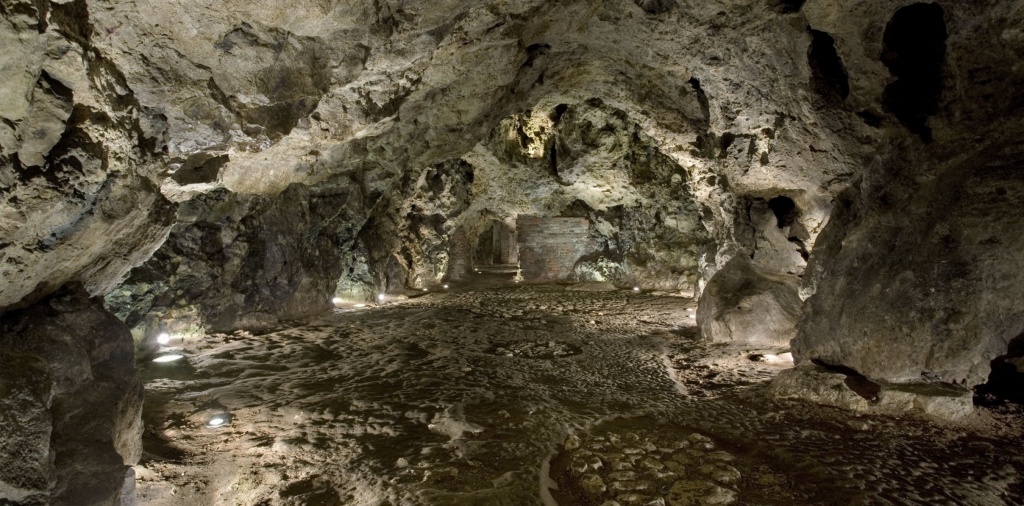The Cave Dragon, where according to legend a dragon had lived, leads from Wawel Hill to the bank of the Vistula. The legendary monster terrorized the Krakowians, requiring offerings of cattle or, according to other versions of the legend, of virgins. Let’s take a look at more facts about this place!
Cave Dragon: 6 Facts About The Smok Dragon
1. The Secret Dragon’s Cave:
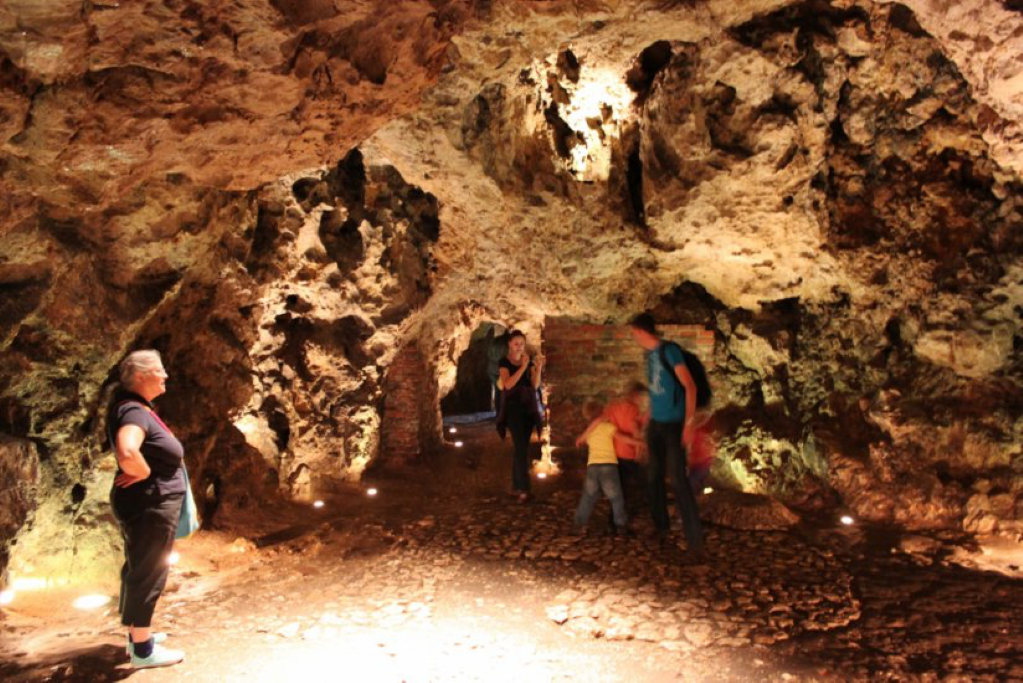
Today, it is possible to visit the Wawel Dragon Cave during the summer months. After entering through an old well and descending 21 meters, it is possible to walk through a part of the ancient dragon dwelling until reaching the banks of the Vistula. Not many people are aware of this place, but there are stories of a legendary dragon and the man who killed him.
2. The Dragon You Need To See!
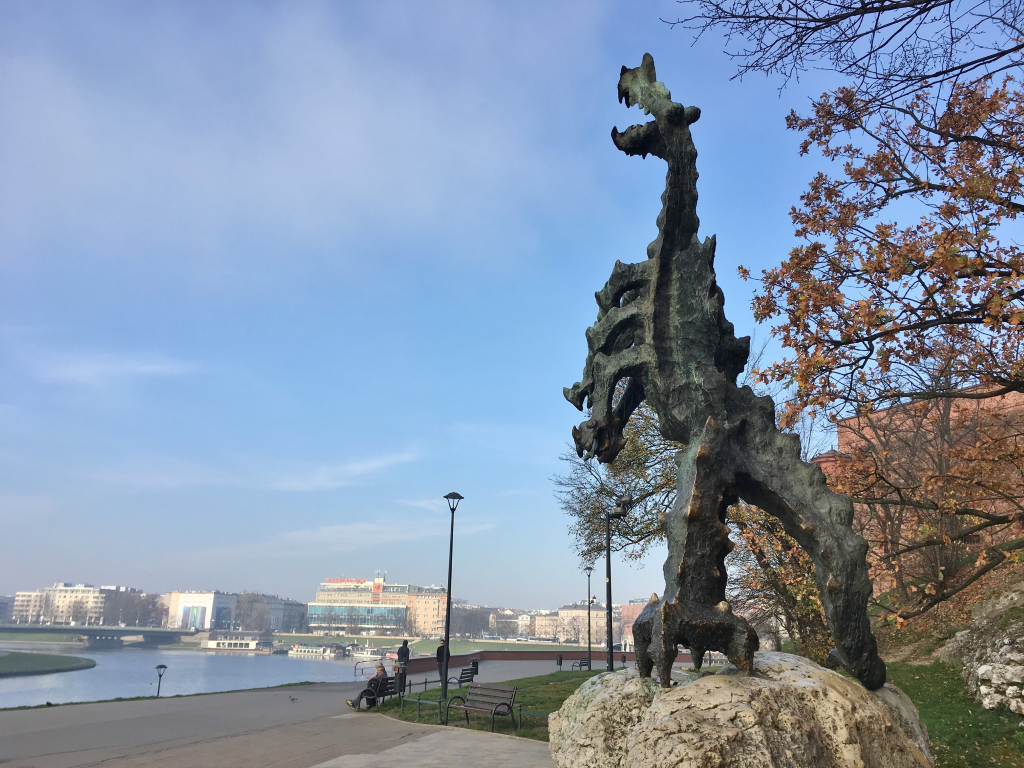
At the exit of the cave, there is a large statue of the dragon made in 1971 that every five minutes burns fire from its mouth, this is something that makes it one of the main attractions of the city.
3. Who Is The Cave Dragon?
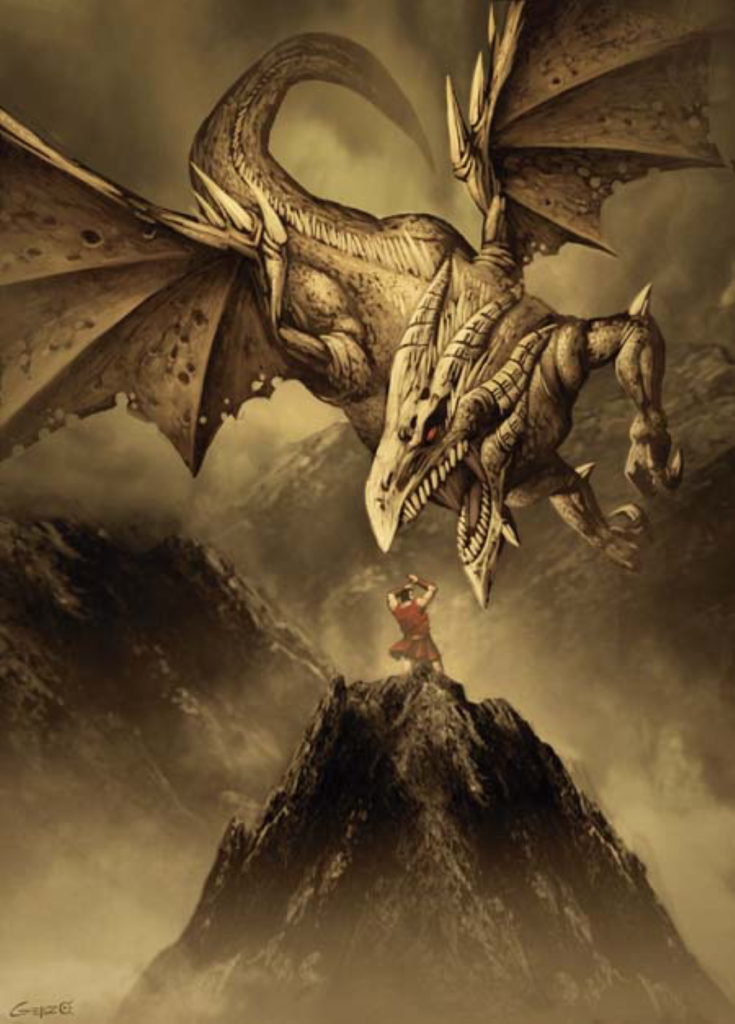
The Wawel Dragon who is called Smok Wawelski in Polish is a dragon in Polish folk tales. He is said to have lived in the Smocza Jama (Dragon’s Cave) under the Wawel Hill on the banks of the Vistula. Wawel Hill is located in Krakow, which was the capital of Poland until 1596. According to some stories, the dragon is said to have lived there even before the city was founded.
Fun Fact: The archosaur Smok Wawelski from the Upper Triassic was named after the Wawel dragon!
4. What Is The Tale Of The Cave Dragon?
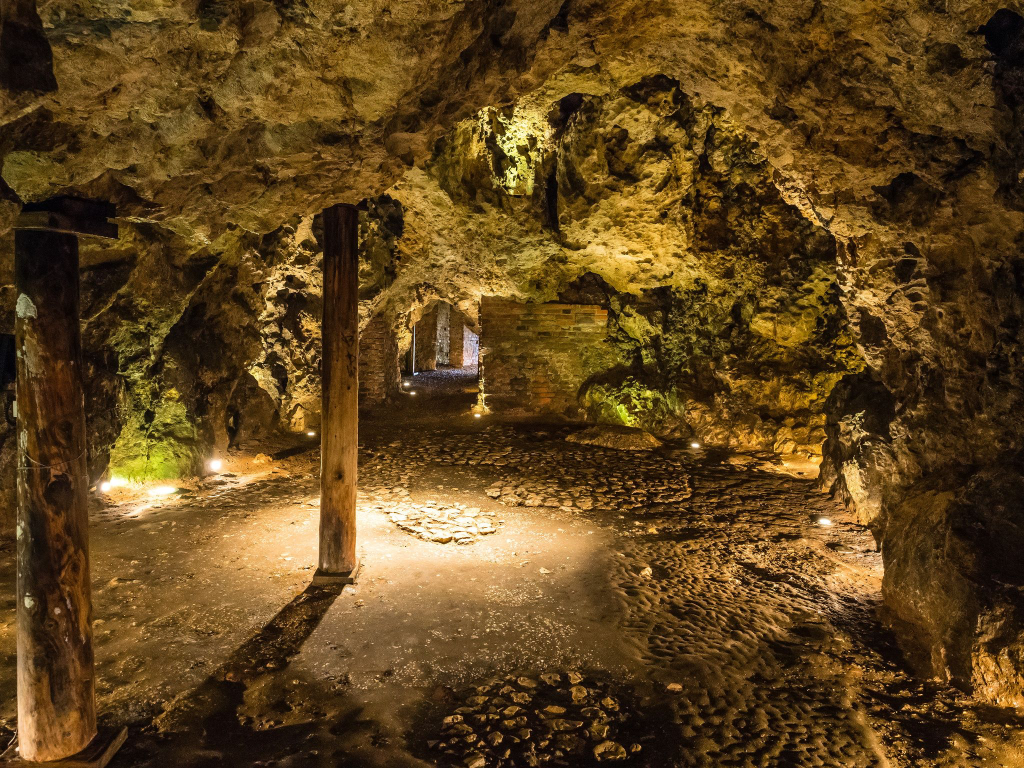
One of the better-known stories about the Smok Wawelski takes place in Krakow around the time of the reign of Kraks, the legendary city founder.
According to legend, an evil dragon lived in a cave on Wawel Hill while devouring the citizens and no one knew how to kill him. Many townsmen tried to bring the dragon down, until a poor shoemaker decided to fill the skin of a lamb with sulfur.
Every day the evil dragon struck a path of destruction through the land, killing the citizens, setting fire to their homes, and devouring their cattle. In most versions, the dragon preferred to eat young girls, the only way to appease him was the monthly performance of a girl in front of his cave. The king tried everything to stop the beast, but all his brave knights fell victim to the fiery breath of the beast. In the versions that told of the girl’s sacrifice, all the girls were thrown to the dragon to eat, with the exception of one, the king’s daughter Wanda. In desperation, the king offered his daughter’s hand to whoever could defeat the dragon. However, no one, coming from near or far, could kill the dragon.
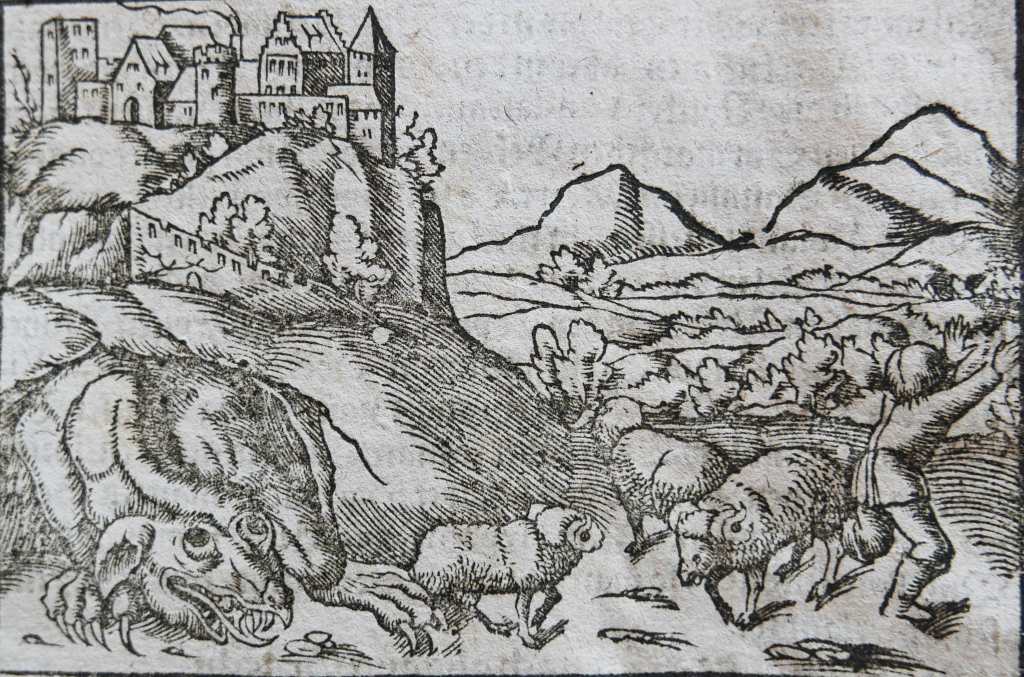
All attempts to kill the dragon were in vain, although the strongest warriors fought with him. Eventually, the beast was defeated by the resourceful shoemaker Skuba, who took advantage of the dragon’s greatest weakness: its gluttony. The shoemaker placed a sulfur-filled sheep at the entrance to the dragon’s grotto. He ate it while filling his tummy and before long, the monster felt a terrible thirst — it was the effects of the sulfur that were burning its entrails. The dragon came out of the cave and began to drink water from the river, but could not quench its thirst. Anyway, he didn’t want to give up and drank so much that in the end … he exploded! In this way, the citizens were freed from their great nightmare.
5. Where Is The Wawel Dragon Sculpture?
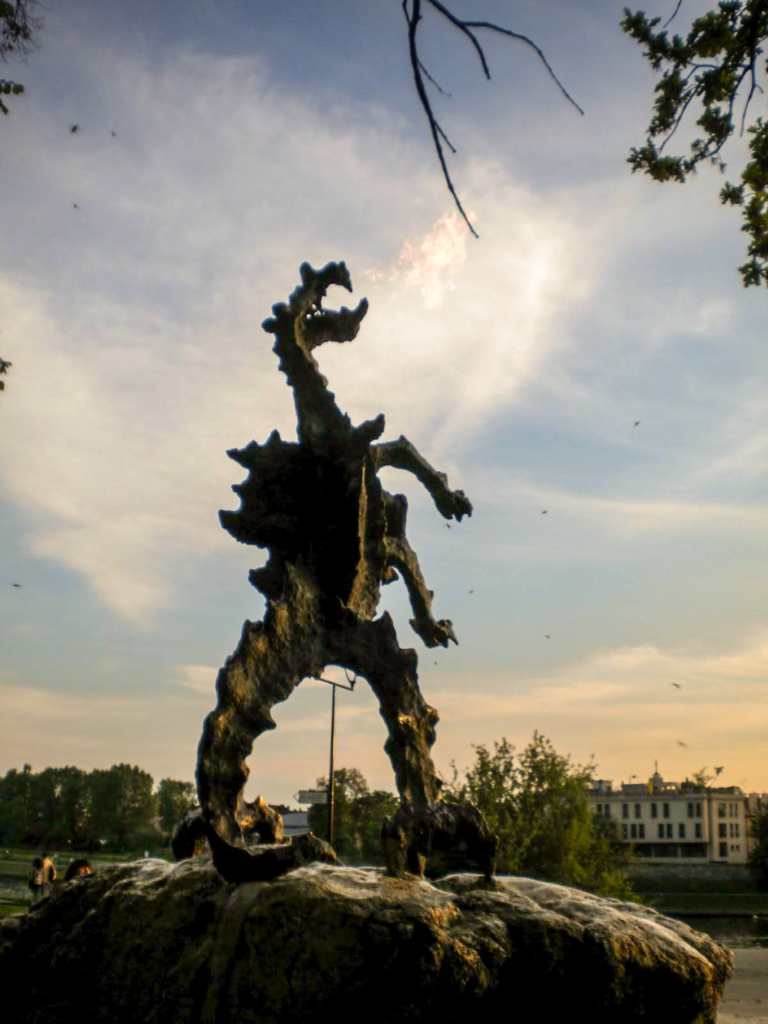
The Wawel Dragon also known as the Cave Dragon is located next to the entrance of the cave on the boulevards of the Vistula. Centuries ago in the grotto there was a popular tavern, in which – not always taking into account the end of the story of the dragon – the inhabitants of Krakow and many travelers quenched their thirst. The visitor entrance is currently on the hill, behind the Thieves Watchtower. The route, which leads to the river, which is 81 meters long, passes through corridors and chambers full of fossils and various karst forms.
6. Cave Dragon: What Else Is There To See?
Wawel Cathedral and Wawel Castle both stand on Wawel Hill. At the cathedral there is a statue of Smok Wawelski and a plaque commemorating his defeat against Krak, on which it is written that he built the city and his palace over the Dragon’s Cave. The cave has become a popular tourist destination today. The street along the bank to the castle is called Smocza Ulica, which means something like “Dragon Street”.
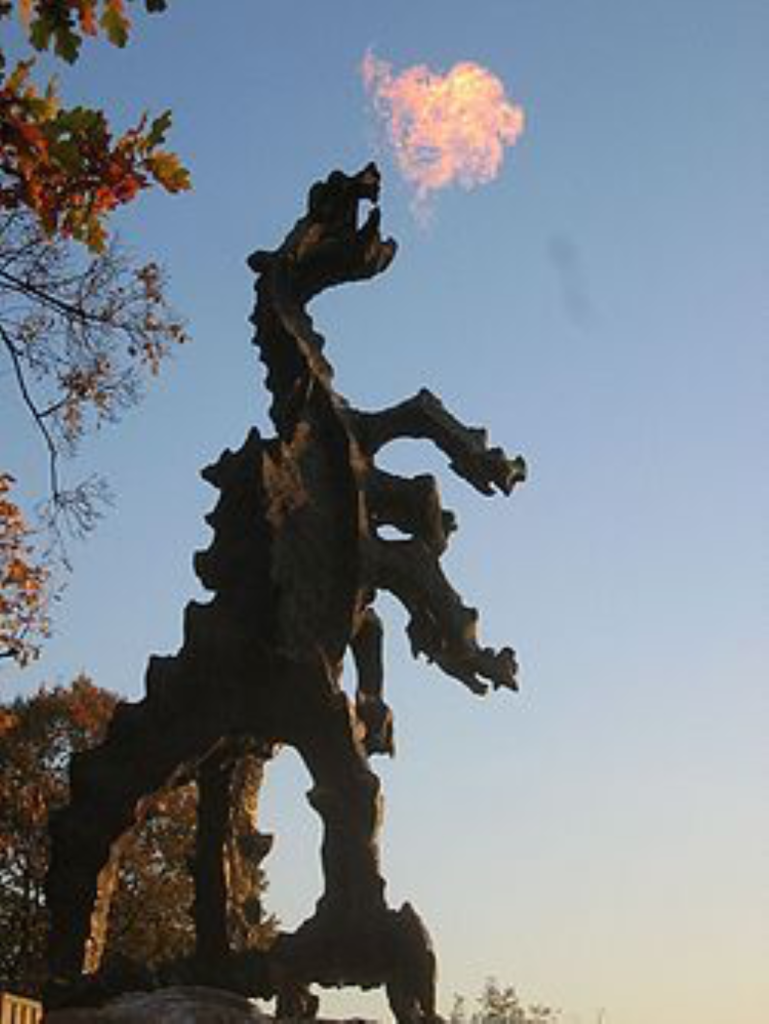
A metal sculpture of the Wawel dragon, designed in 1970 by a man named Bronisław Chromy, was placed in front of the dragon’s den. It is stylized, the dragon has seven heads, six of which look like legs, and as a special feature it spits a jet of flame out of its nostrils every five minutes using a natural gas nozzle or after receiving a text message.
A metal sculpture of the Wawel dragon, designed in 1970 by a man named Bronisław Chromy, was placed in front of the dragon’s den. It is stylized, the dragon has seven heads, six of which look like legs, and as a special feature it spits a jet of flame out of its nostrils every five minutes using a natural gas nozzle or after receiving a text message.
